Machining OEM: Stealth Champions and Partners in Modern Manufacturing
Behind the core components of high-end medical devices and aerospace precision parts, machining foundries are becoming a key force in high-quality manufacturing with their cutting-edge technology.
As the division of labour in the manufacturing industry becomes more and more specialised, machining foundries have become an indispensable part of the modern industrial system. These specialised factories combine precision machining technology, advanced management concepts and flexible production capabilities to provide a full range of services from sample making to mass production for customers in a variety of industries.
Whether it’s a complex part in the aerospace field or a demanding precision component in a medical device, machining foundries are able to transform design drawings into high-quality physical products with their specialised equipment and accumulated know-how.
01 Core Competencies and Differentiators for Machining Foundries
The core competitiveness of machining foundry is built on the three-dimensional basis of technical equipment, process knowledge and quality management. Unlike traditional processing enterprises, OEM factories pay more attention to flexible production and rapid response capability.
High-end CNC equipment is an important indicator of a foundry’s processing capability. Leading foundries are usually equipped with five-axis linked machining centres, mill-turn machines and high-precision grinding machines. For example, Germany’s BAM Machinery has 12 machining centres, 11 of which use five-axis technology and are capable of completing precision machining of complex surfaces.
The accumulation of process technology has enabled excellent foundries to upgrade from simple implementers to manufacturing solution providers. The Customer Value Creation Application Centre established by Taichung Precision Machinery is able to provide customers with total solutions from machine selection to fixture and tool configuration, helping customers to solve complex workpiece machining problems.
Digital management platform is the operation brain of modern foundry. YESCAP Precision has increased its delivery rate from 50% to 90% through the introduction of the Express Work Order Production Management System, which realises process standardisation, lightweight information, real-time progress and easy traceability, significantly improving production efficiency.
02 How to select a qualified machining foundry
Choosing a machining foundry is a decision that requires comprehensive consideration and has a direct impact on product quality, cost and lead time.
Technical capability match is the primary consideration. Evaluate whether the foundry’s processing capabilities match the product requirements, including:
Maximum machining size and accuracy range
Experience in material processing (e.g. aluminium alloys, stainless steel, special alloys)
Special process capabilities (e.g. deep hole drilling, precision boring and grinding)
Configuration of testing and quality control equipment
A quality certification system is the basis for ensuring product consistency. Qualified foundries should have an ISO 9001 quality management system certification, as well as specialised certificates for specific industries (e.g. medical or aerospace). BAM’s ability to process and deliver complex components in a short period of time is partly due to its strict quality control processes.
The ability to collaborate digitally has become a new criterion for choosing a foundry. Foundries with a high level of digitalisation enable real-time progress tracking and quality traceability. YOSKEI Precision’s system enables customers to view production progress in real time, and this transparency greatly enhances customer trust.
03 Digital transformation paths for machining foundries
Digital transformation has become the core path for machining foundries to enhance competitiveness. This transformation is not only a technological upgrade, but also a comprehensive innovation of management mode and business philosophy.
Data collection and analysis is the foundation of digitalisation. Through the automatic collection of machine processing data by the machine networking system, the foundry can monitor the status of the machine and the processing progress in real time. company F obtains the processing data from the CNC controller via Ethernet through the OPC function of the machine, which provides information support for lean management.
Intelligent scheduling system significantly improves resource utilisation. Replacing traditional manual scheduling, the intelligent algorithm can take into account a variety of constraints, such as delivery date and process priority, to achieve dynamic scheduling. Practice shows that an excellent scheduling system can improve production efficiency by 20% and order delivery timeliness by 95%.![图片[1]-机加工代工厂:现代制造业的隐形冠军与合作伙伴(如何甄选合格的机械加工代工厂)-大连富泓机械有限公司](https://cndlfh.com/wp-content/uploads/2025/09/QQ20250927-184140.png)
Process visualisation and real-time traceability create a transparent environment in the digital factory. When data is recorded and analysed for each process step, the foundry is able to make the transition from “experience-driven” to “data-driven”. This shift enables Company F to have a precise history of each part’s machining, including machining times, mould and material changeover times, and inter-process waiting times.
04 Positioning and market strategies of foundries of different sizes
Machining OEM market presents multi-level, specialised characteristics, different size factories have their own clear positioning and target market.
Large foundries typically specialise in complex parts and high value-added areas. For example, Mazak provides high-end machining solutions for the aerospace, automotive, energy and medical industries, serving high-end markets with advanced equipment and technological advantages. These types of factories often invest significant resources in technology development to maintain their industry-leading position.
Small and medium-sized foundries are looking for market space through specialised positioning and flexible production. As a “factory within a factory” enterprise with only 26 employees, Chongqing Hongbubu Machinery Manufacturing Co., Ltd. focuses on casting and processing of basic equipment parts, and has achieved significant revenue growth through business model innovation (e.g., change from OEM to BS business model).
Regional clustering has become an effective strategy for small and medium-sized foundries to enhance their competitiveness. Taichung Precision helps customers reduce investment risks by establishing “5-axis foundry centres” – customers can first commission foundries when the order volume is small, and then transfer equipment and processes when the order is stable. This model is especially suitable for small and medium-sized enterprises that need to enter the high-end machining field.
05 Typical case studies of successful foundries
The German company BAM Maschinenbau shows how digitalisation is reshaping the foundry business model. The small factory, which once had only eight employees, has grown into a modern precision manufacturing plant with 170 employees through the deep integration of digitalisation and automation technologies under the leadership of Marco Bauer, who has a background in computer science.
BAM’s innovation is its online automated quotation system – customers upload 3D CAD data and get a quote within 5-10 seconds, and complex components can be delivered within three days. Behind this speedy responsiveness is a highly automated process chain and the technical support of a 30-strong software team.
The efficiency improvement brought by production management digitisation is embodied in YESCAP Precision. Through the introduction of fast work order system, the company has solved the four major pain points of “chaotic production, complicated communication, confused progress and difficult to trace”.
The system solidifies the standard process route, realises the scanning code to obtain processing parameters and drawings, and saves 2,000 pieces of A4 paper per month, while making the traceability efficiency increase by more than 10 times. This transformation not only improves internal efficiency, but also makes the customer renewal rate rise 40% year-on-year.
06 Machining OEMfuture development trends
The integration of intelligence and automation will be the main direction of the development of foundries. With the advancement of artificial intelligence and machine learning technology, future machining equipment will be more adaptive, able to automatically optimise cutting parameters and adjust machining strategies in real time. Germany’s BAM has reduced automated CAM programming time by 70%-80%, significantly improving programming efficiency.
Service-oriented transformation is a key path for foundries to upgrade their value chain positioning. Leading foundries are transforming from pure machining services to integrated solution providers. Taichung Precision’s “Customer Value Application Centre” no longer just sells machine tools, but provides a full range of services including process design, tool selection, and prototyping.
Sustainability will become one of the core competences of the foundry. By optimising cutting processes to reduce energy consumption, implementing tool recycling programmes and using environmentally friendly coolants, foundries will not only be able to reduce their operating costs, but will also be able to meet the growing environmental requirements of their customers worldwide.
The global manufacturing landscape is being reshaped, and machining foundries are no longer just passive executors of orders, but are becoming important partners in customer innovation. In the next five years, with the maturity of technologies such as digital twins and additive and subtractive composite machining, the foundry will establish a closer co-design relationship with its customers.
optionBearbeitungWhen you are looking for a foundry, you should not only look at the price factor, but also comprehensively evaluate its technical capability, quality system and innovation culture. An excellent foundry can become the extended R&D department of your enterprise, and together they can meet the technical challenges and win the first chance in the fierce market competition.

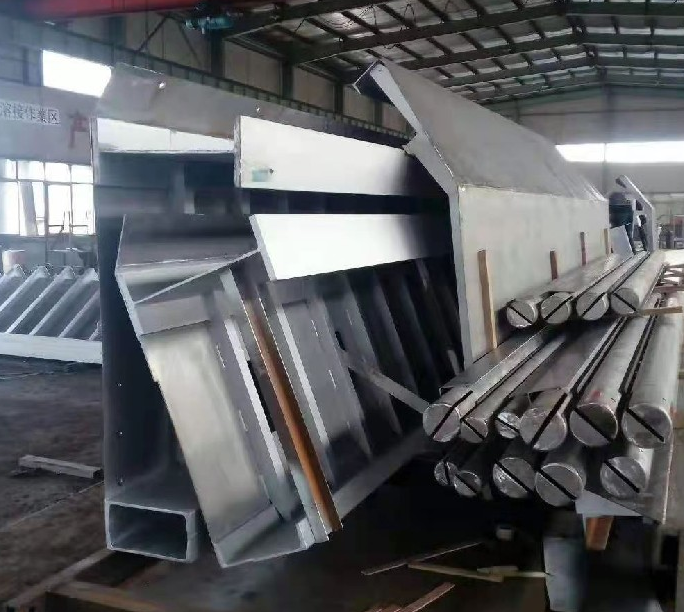


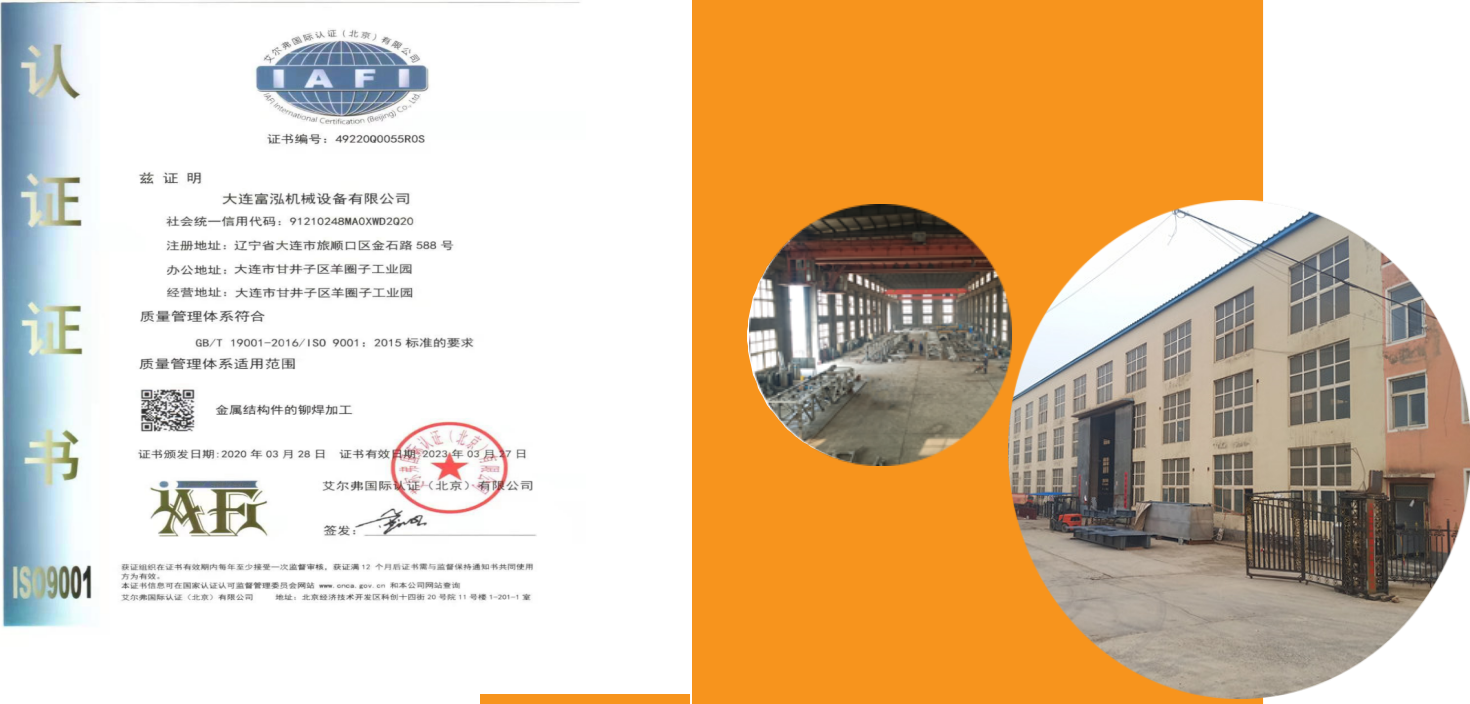
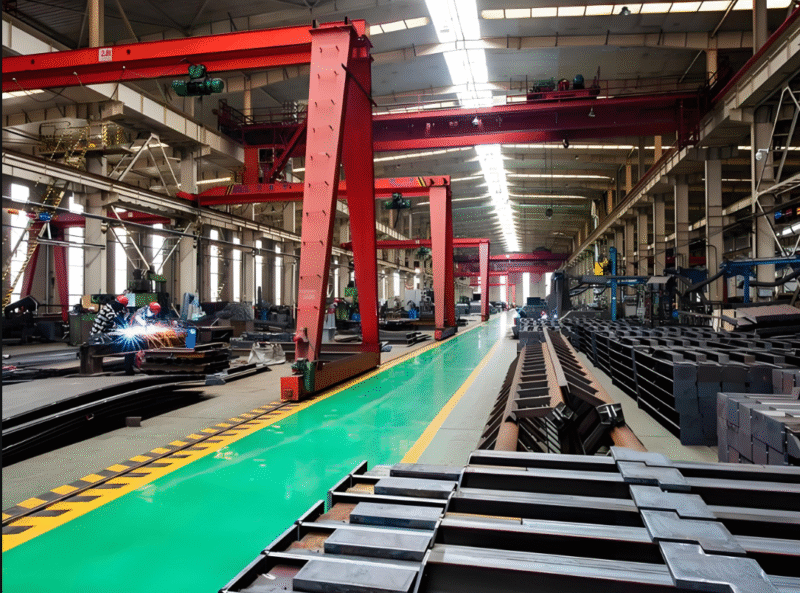

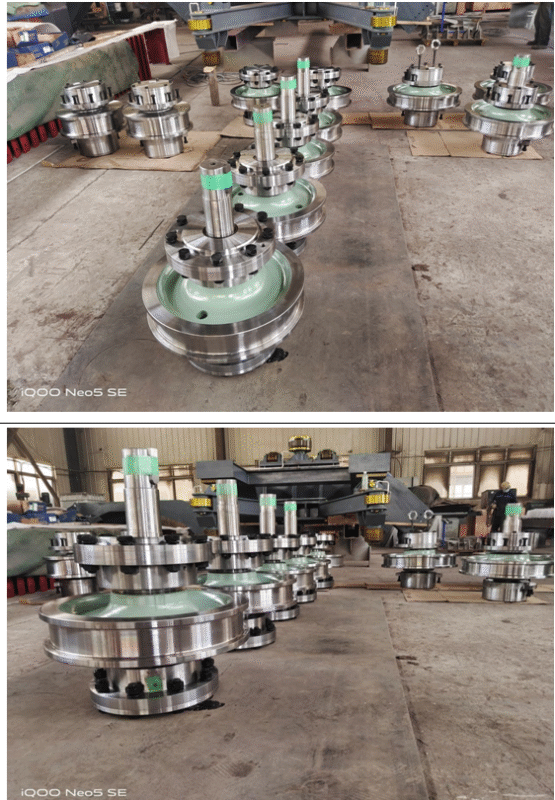
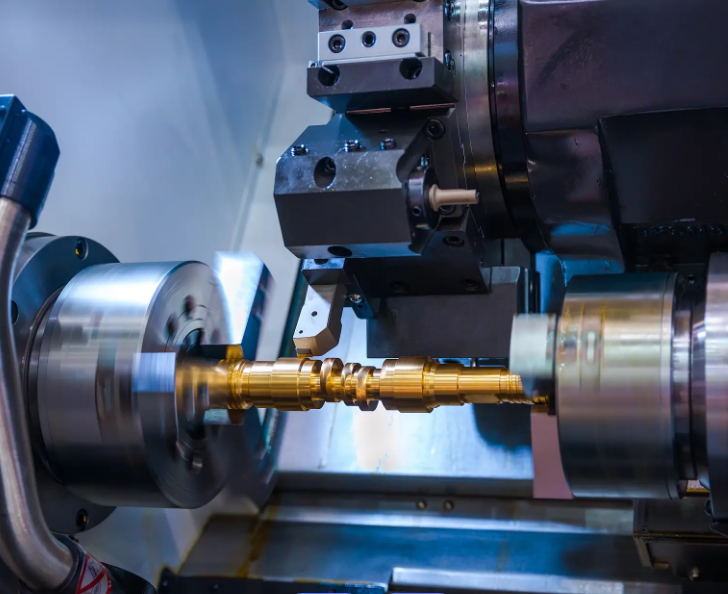
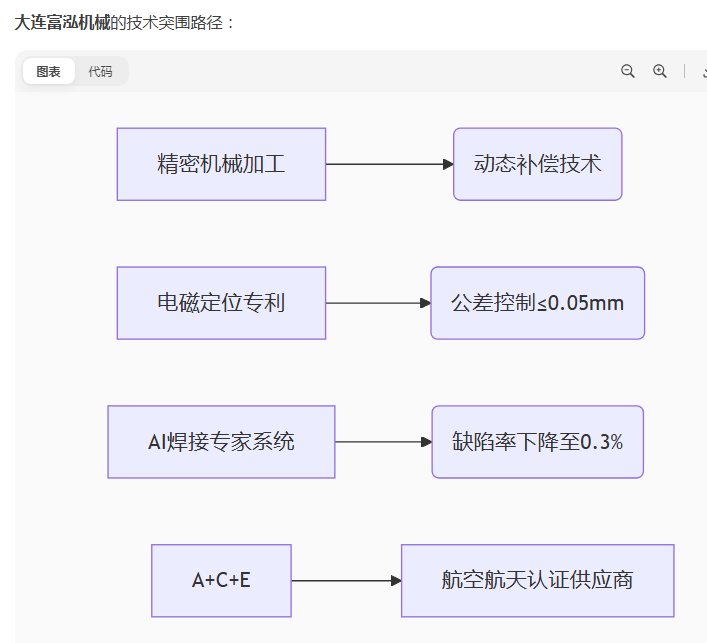
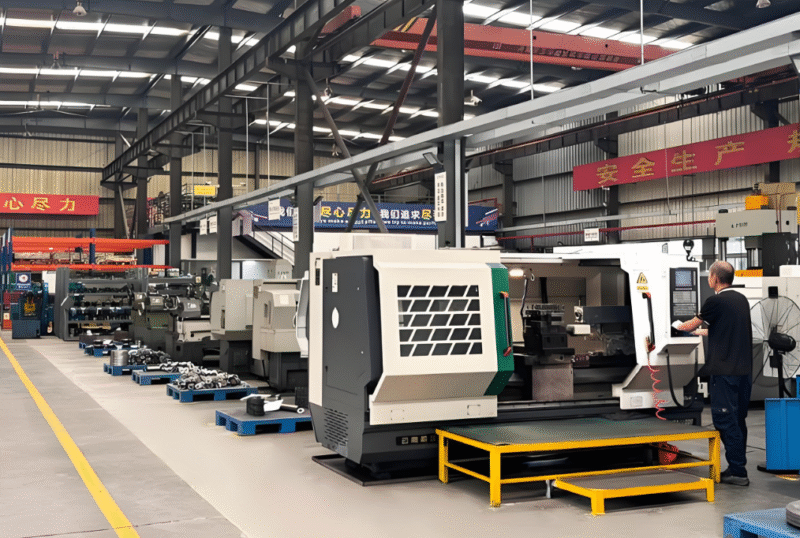
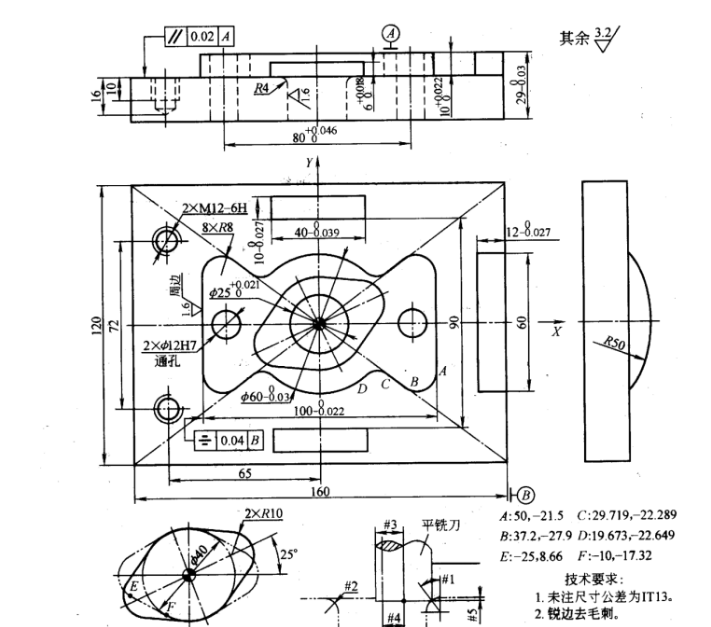
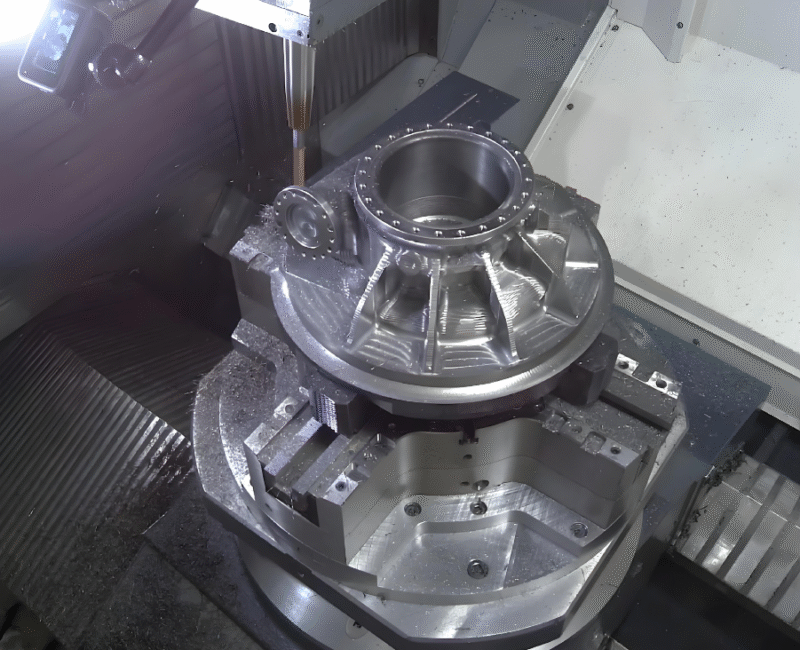

暂无评论内容